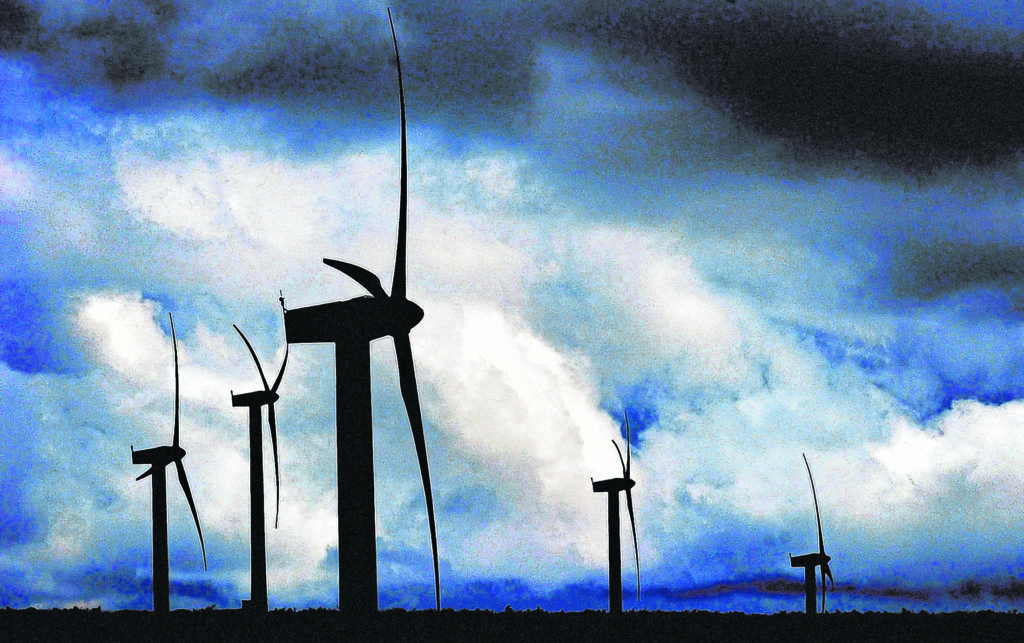
The winds of change continue to sweep across the renewable energy sector. Technology is moving forward rapidly with step-changes in the size, capacity and efficiency of wind turbines.
Many of the UK’s first commercial windfarms are now approaching the end of their initial lease periods and the end of their 20 to 25 year operational lives. As a result, they will soon be unfit for purpose.
Last month, the energy sector trade body RenewableUK issued a report warning that the UK could lose more than 8GW of onshore wind generation if older windfarms are not upgraded with larger and more efficient turbines in the next 20 years. The report anticipates that around 17.5% of the UK’s entire power output could be lost and that the low carbon electricity generation gap of up to 18% of current demand by 2030 which the UK faces could grow if existing windfarms are not repowered.
With decommissioning obligations beginning to appear on the horizon for many of the UK’s early commercial windfarms, developers are increasingly looking at repowering options and in doing so must consider the terms of the land agreements in respect of their existing sites and what changes might be needed to accommodate a repowered project.
Most leases for renewable developments will include a right for the developer to extend the term for another 25 or 30 years on terms to be agreed. This is a helpful in-road to future discussion but the specific terms of the extension to cater for repowering will still need to be negotiated between the parties. Even with an option to extend the term of a lease, the new project may still require landlord’s consent to redevelop or reconfigure a site.
The permitted use under the existing lease may also be specific to the original planning permission, detailing points such as the number of turbines and the original capacity of the site. If developers are seeking an extension to the lease to repower the required changes to the permitted use clause will need to be agreed and documented. If developers require the ability to install more than one form of renewable energy technology and/or battery storage facilities, the permitted use under the lease should also be expanded to cover this.
Rent is another important consideration when developers are looking to repower an existing site. Rent levels have changed significantly since renewables subsidies were removed in Scotland creating a potential tension between perceived uplifts as a result of increases in capacity or efficiency and the downwards pressure of the new subsidy environment in a repowering situation. Developers will need to be flexible in their approach to rent and how the value of the project is shared with the landowner if they want to agree lease extensions and wider rights to use the project site.
In terms of decommissioning, the obligations as drafted may not be suitable for a repowered project. In addition, it may be possible for some of the repowering to be done while existing turbines continue to operate, necessitating shared areas of the site and the access to it. Consideration should be given to the interface between the existing operational windfarm, decommissioning of the original turbines and installation of the new, larger turbines.
Careful analysis of the access route is also a key consideration. Existing land take or oversailing agreements are likely to be for the same period as the original planning consent and lease which means developers may need to renegotiate with landowners on the access route to the site to extend these agreements. Developers will also need to consider how they will acquire rights to any additional areas of land required to accommodate advances in technology, including the need to transport larger blades to a site as part of a repowering project.
The findings of the RenewableUK report suggest that repowering many existing sites may be essential to ensure the UK continues to increase its wind energy capacity while also being commercially beneficial to developers. Careful consideration of existing lease terms and other land-related issues will help determine if that is the right approach.
Recommended for you

